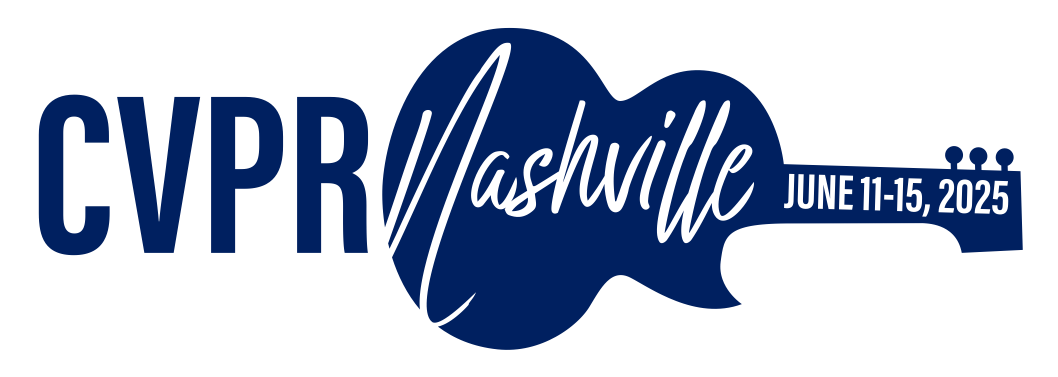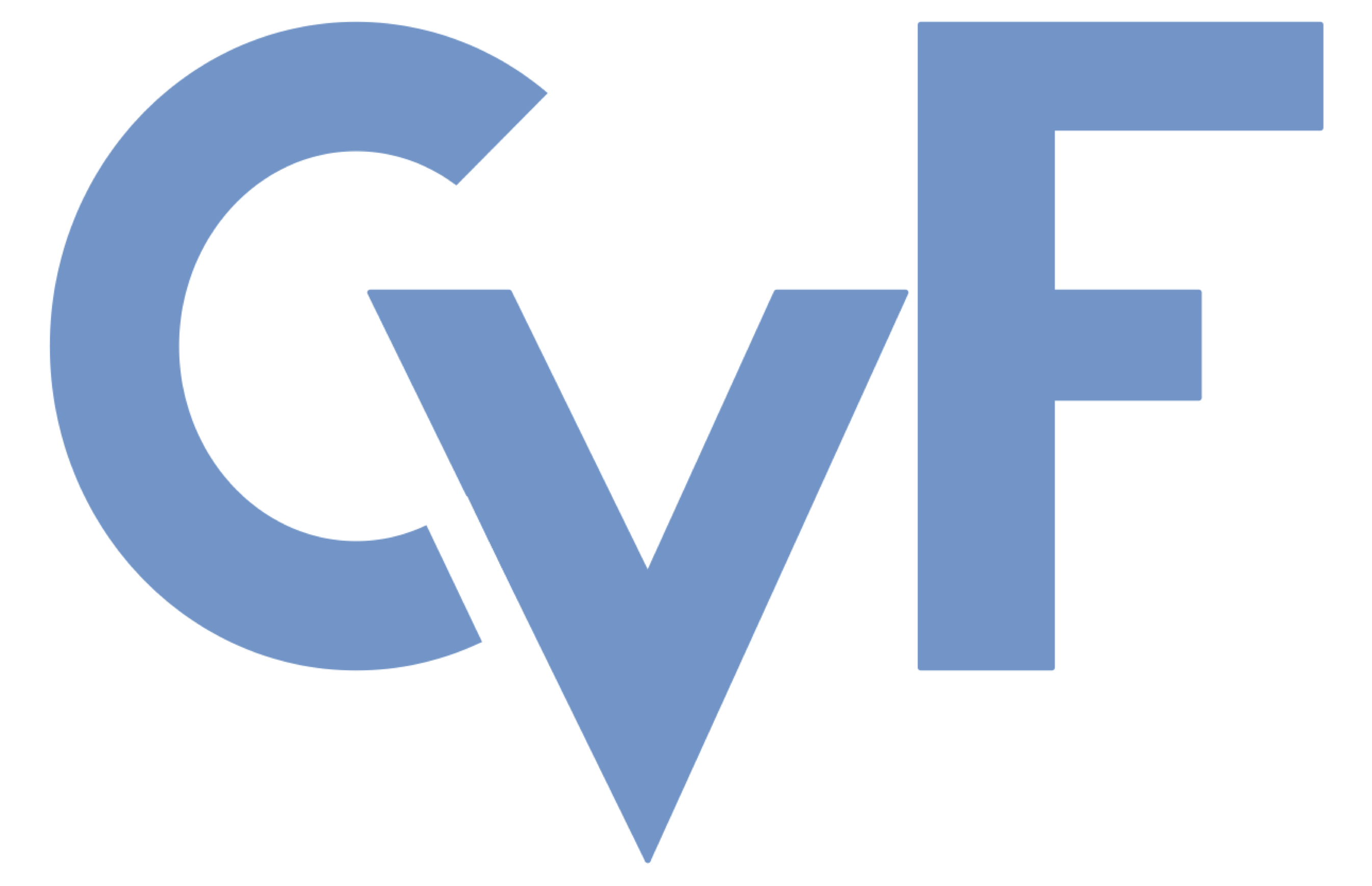-
[pdf]
[bibtex]@InProceedings{Shinde_2025_CVPR, author = {Shinde, Tushar}, title = {An Efficient and Scalable Framework for Lightweight Crop Disease Recognition in Low-Resource Settings}, booktitle = {Proceedings of the IEEE/CVF Conference on Computer Vision and Pattern Recognition (CVPR) Workshops}, month = {June}, year = {2025}, pages = {5543-5550} }
An Efficient and Scalable Framework for Lightweight Crop Disease Recognition in Low-Resource Settings
Abstract
Early and accurate detection of crop diseases is essential for sustainable agriculture and global food security, particularly in regions constrained by limited computational and data resources. While deep neural networks (DNNs) have achieved near-perfect accuracy on datasets such as PlantVillage, their deployment in real-world agricultural settings remains challenging due to high data demands and resource-intensive inference. In this paper, we present a unified and deployable framework that systematically addresses these challenges through three integrated components: (i) Coreset Selection, employing random, margin-based, and forgetting-based strategies to construct compact training subsets with as little as 5% of the original data; (ii) Resolution Scaling, exploring down-sampled image resolutions of 128x128, 64x64, and 32x32 to reduce computational complexity; and (iii) Model Compression, integrating fixed-bit quantization (8-, 4-, 2-, and 1-bit), adaptive quantization, fixed pruning at various sparsity levels, and adaptive pruning. Comprehensive experiments on the PlantVillage dataset using ResNet18, GoogleNet, EfficientNet-B0, MobileNetV2, and SqueezeNet demonstrate that our framework achieves up to 90% data reduction and 93% model compression, with less than a 2% drop in classification accuracy. Our results offer new insights into the trade-offs between data selection, input resolution, and model sparsity, and offer a practical pathway toward scalable, lightweight, and field-deployable agricultural vision systems.
Related Material





